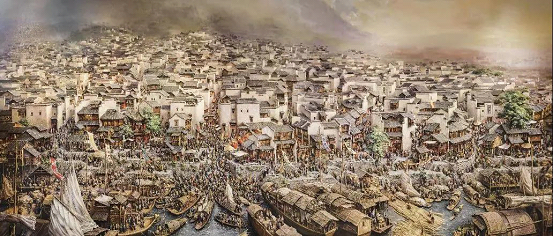It is often said that history is the best textbook, and understanding history means drawing wisdom for the future. Hongjiang Ancient Commercial Town, which took shape during the High Tang Dynasty and reached its peak during the Ming and Qing Dynasties, is like a historical book, which is not only far from obscure and boring, but also eye-opening and captivating.
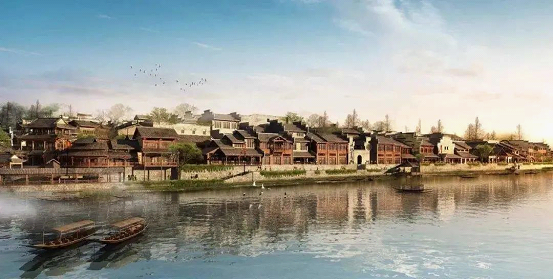
The ancient commercial town with a history spanning over two thousand years, has been praised by archaeologists and historians as the encyclopedia of China’s commercial culture. It is one of the best-preserved ancient architectural complexes in China, earning the reputations of “Little Nanjing” and “Metropolis of the Southwest”. To this day, it still intactly preserves over 380 authentic ancient buildings from the Ming, Qing, and Republican periods, being described as a classic historical book that can be used to study China’s commercial history through the ages.
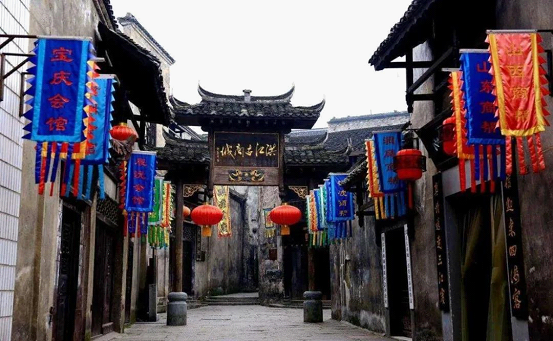
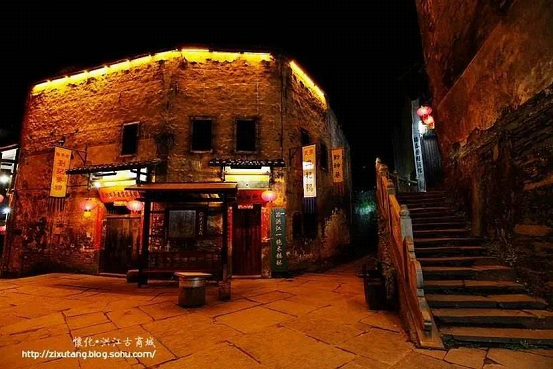
Among the numerous ancient architectural scenic spots, the ancient commercial town is renowned for the Western Hunan merchant culture, akin to an ancient CBD.

The ancient commercial town is situated by the Yuanshui River and Wujiang River, becoming a major hub for the distribution of goods in the five provinces of Yunnan, Guizhou, Guangxi, Hunan, and Sichuan with its unique geographical advantages. It thrived commercially due to its waterways, evolving into a bustling market town and a treasure trove. Each Yinziwu (a typical residential building in Western Hunan) tells the story of a prosperous Hongjiang merchant’s rise to fame and fortune, as well as the rise and fall of the family, embodying the promotion and inheritance of Hongjiang’s merchant culture.
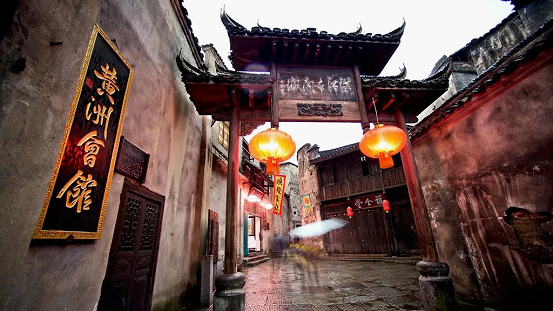
The ancient commercial town was formed during the late Yuan Dynasty and early Ming Dynasty, occupying an area of over 100,000 square meters.
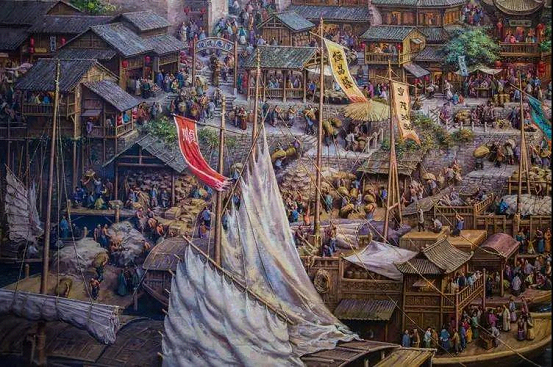
Along the intermittent cobblestone roads stretching three to four kilometers long and the scattered dock steps of the town, one can find many well-preserved temples, guard posts, government offices, banks, academies, enterprises, workshops, foreign banks, inns, opium dens, tea houses, and newspapers offices from the Ming and Qing dynasties to the Republic of China era. They are arranged according to the standard layout of “seven alleys, eight lanes, and nine streets” on the basis of the principles of Yin-Yang and the Eight Trigrams. As one wanders through the seven alleys, eight lanes, and nine streets of the ancient commercial town, one can faintly glimpse a bustling and vibrant ancient trade hub filled with crowds.
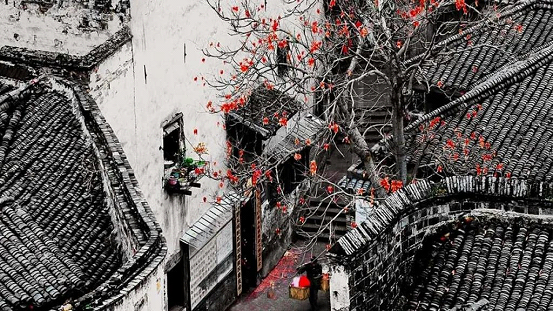

The ancient commercial town, with a total area of nearly 300,000 square meters, requires minimal set dressing and is ready for filming, earning it the reputation as a renowned film and television base in Hunan. Films and TV series shot in the town include Autumn Harvest Uprising, Eve of the Surrender, Sisters in Wartime, and Generation of Hongjiang Merchants. Additionally, over a dozen documentaries such as Hunan Merchants Around the World, Taiwanese Traveling on the Mainland and Beautiful Western Hunan have also been filmed here.
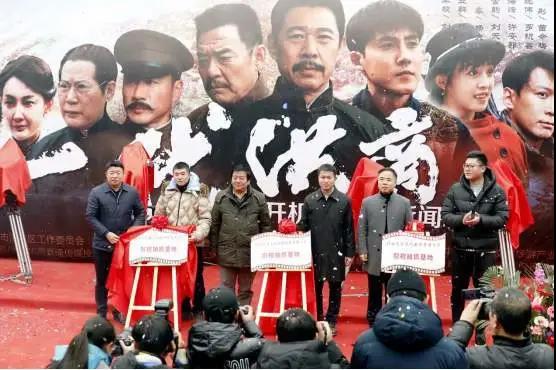
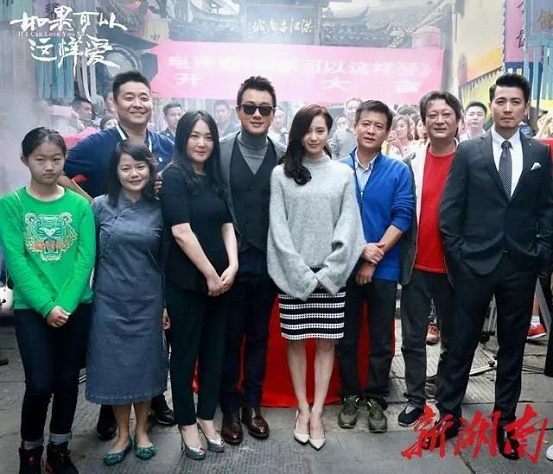
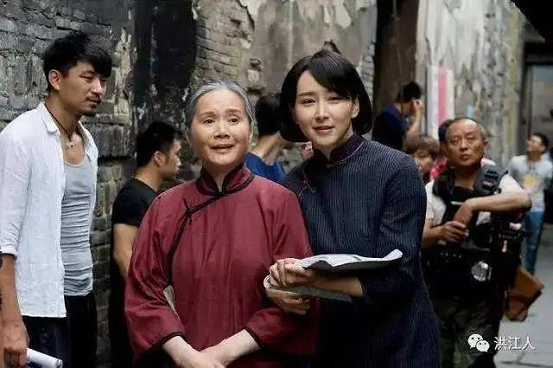
Touring around the ancient commercial town is like reading a textbook on China’s commercial culture and unfolding a different version of the Riverside Scene at Qingming Festival that vividly portrays society and people’s life in the Ming and Qing dynasties.
(Translated by Yang Hong)
